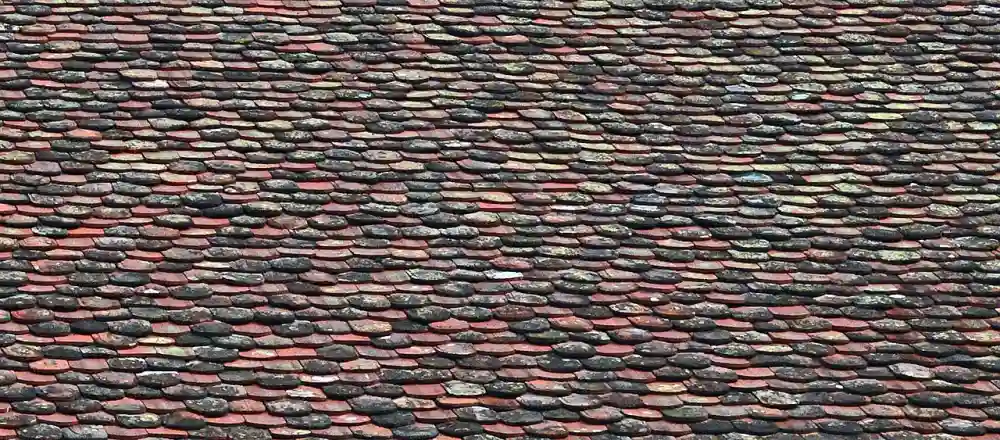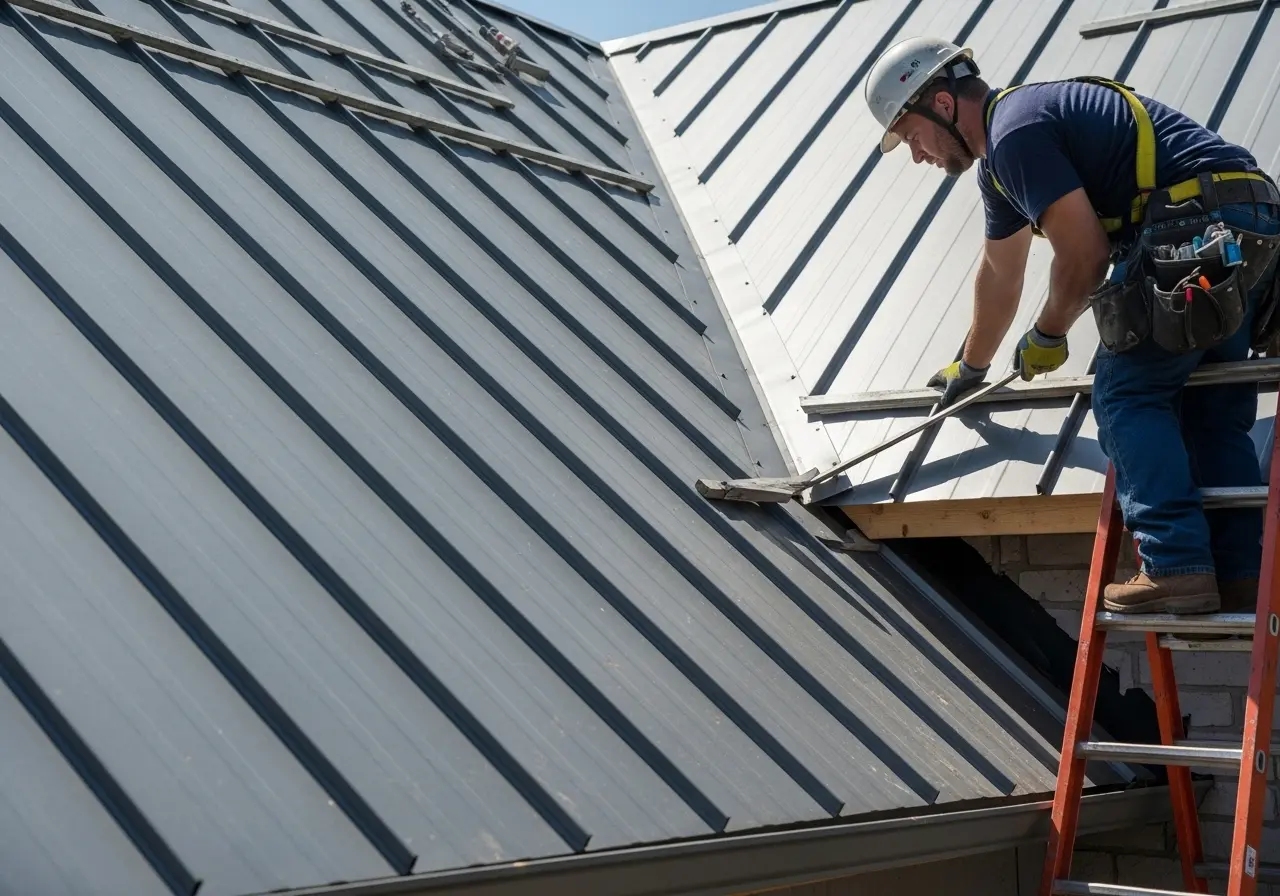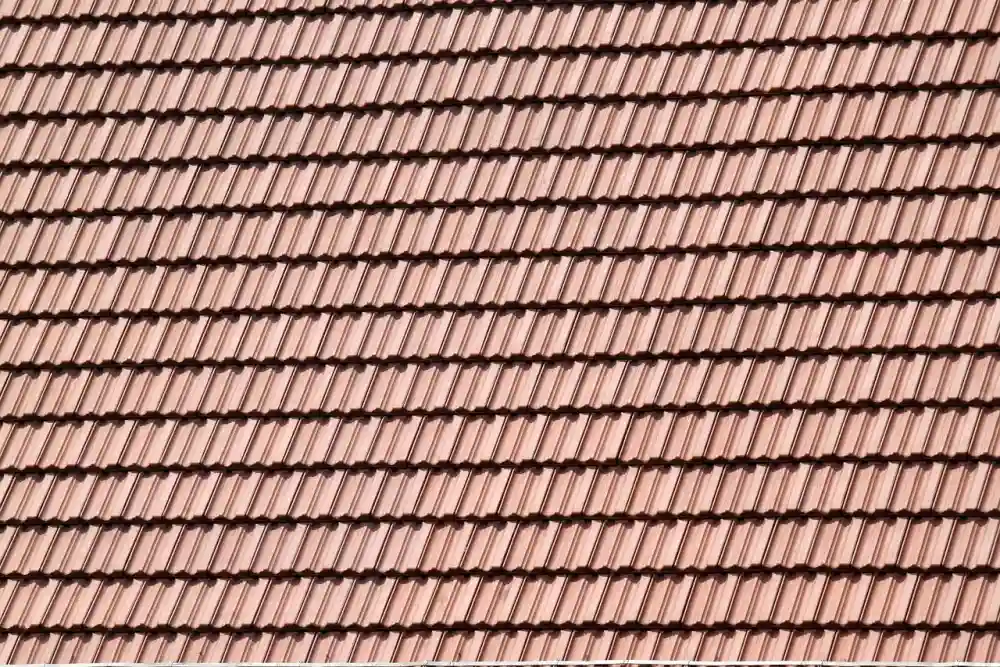Shingle Roof Repair vs. Replacement: How to Decide What Your Roof Needs
When your shingle roof shows signs of damage, knowing whether to repair or replace determines both immediate costs and long-term value. The right decision depends on roof age, damage extent, underlying condition, and your future plans for the property. This guide walks through the key factors that experienced contractors evaluate, helping you make an informed choice that protects your home and your investment.
Key Factors in the Repair vs. Replacement Decision
Several critical elements determine whether shingle roof repair makes sense or replacement becomes necessary. Roof age sits at the top of the list. Asphalt shingles typically last 20 to 30 years depending on quality and climate exposure. A roof approaching the end of its expected lifespan rarely justifies significant repair investment.
The extent and type of damage matter just as much. Isolated damage from a fallen branch or localized storm impact often responds well to targeted repairs. Widespread deterioration, multiple leak points, or structural issues signal that replacement provides better value. Understanding these differences helps you avoid throwing money at repairs that only delay an inevitable replacement. Learn more about asphalt roof repair basics to recognize damage patterns.

Roof Age: The Most Important Factor
A roof's age provides the clearest guidance on repair versus replacement decisions. Shingles less than 10 years old with isolated damage usually make excellent repair candidates, assuming proper installation and quality materials. The roof has most of its service life remaining, and targeted fixes restore full protection at reasonable cost.
Roofs between 10 and 15 years old require more careful assessment. The decision depends on damage severity, overall condition, and whether the roof shows signs of premature aging from poor ventilation or installation issues. After 15 years, most roofs approach the midpoint of their lifespan, and replacement often becomes the smarter long-term investment unless damage is very minor.
Beyond 20 years, replacement almost always makes more sense than significant repairs. Even if current damage seems limited, an aging roof will develop new problems soon. Repairing one section today doesn't prevent failures elsewhere tomorrow. Replacement provides decades of worry-free protection instead of a patchwork of temporary fixes.
Assessing Damage Extent and Severity
The scope of damage heavily influences the repair versus replacement decision. If storm damage affects less than 30% of the roof and the rest remains in good condition, repair typically makes financial sense. When damage exceeds 50% of the roof area or involves multiple slopes, replacement becomes more cost-effective.
The type of damage matters too. Missing shingles, minor cracking, and isolated granule loss respond well to repair when the surrounding roof is sound. Widespread curling, extensive algae or moss growth, and shingles losing structural integrity indicate systemic failure that repair cannot adequately address. Professional roof repair specialists can assess whether damage is isolated or part of broader deterioration.

Signs Your Roof Needs Replacement, Not Repair
Certain conditions clearly point toward replacement rather than repair. Multiple active leaks in different areas suggest widespread failure. Sagging roof sections indicate structural problems that require complete rebuilding. Daylight visible through roof boards from the attic means serious deterioration that goes beyond shingle replacement.
Extensive granule loss across the entire roof signals that shingles have reached the end of their protective life. Widespread cracking, curling, or cupping means the asphalt has become brittle and no longer seals properly. When neighboring homes built at the same time are replacing their roofs, yours likely faces similar age-related failures even if problems aren't yet visible. A thorough inspection reveals whether repairs will suffice or replacement is necessary.
When Shingle Roof Repair Makes the Most Sense
Repair represents the smart choice in specific situations. Recent storm damage to a newer roof with isolated missing or cracked shingles doesn't warrant full replacement. A few damaged shingles around a chimney or skylight, when the rest of the roof looks good, calls for targeted repair. Wind damage to exposed edges or ridge caps while field shingles remain intact makes repair the clear answer.
Repairs also make sense when you plan to sell the home within a few years and the roof has enough life remaining to satisfy home inspections. A well-executed repair can extend the roof's useful life enough to delay replacement until after the sale. However, this approach requires honest assessment—attempting to stretch a failing roof too far can torpedo a sale when inspection reports reveal serious issues.
Cost Comparison: Repair vs. Replacement
Shingle roof repairs typically cost between $300 and $1,500 depending on extent and complexity. Replacing a few shingles runs on the lower end, while repairing an entire slope or complex flashing details costs more. These repairs extend the roof's life by months to a few years when the overall system remains sound.
Full roof replacement in Northern Virginia averages $8,000 to $15,000 for typical single-family homes, varying with size, pitch, and material quality. While significantly more expensive upfront, replacement provides 20 to 30 years of protection and adds value to your property. Learn detailed roof replacement costs for Northern Virginia to budget appropriately.

The Hidden Costs of Delaying Replacement
Choosing repair over necessary replacement can cost more in the long run. Continued small leaks damage insulation, decking, and framing. Water stains ceilings, ruins drywall, and promotes mold growth. Each repair cycle costs money while the underlying problem continues to worsen.
Insurance companies may deny claims for damage resulting from deferred maintenance or a roof past its expected lifespan. Failed repairs can void manufacturer warranties on materials. When you finally do replace the roof, accumulated water damage may require costly repairs to the roof deck or structural components—work that wouldn't be necessary if replacement happened at the right time. Understanding how to extend roof lifespan helps you maintain what you have while planning appropriately.
The Role of Professional Inspection
Getting an honest professional assessment makes all the difference. Experienced roofing contractors can identify hidden damage, assess the roof's remaining life expectancy, and provide accurate guidance on whether repair or replacement makes sense. They look beyond obvious surface damage to evaluate underlayment condition, ventilation adequacy, and structural soundness.
A thorough inspection includes attic examination for water stains, adequate ventilation, and proper insulation. Contractors check flashing around chimneys, vents, and valleys for signs of deterioration. They assess shingle adhesion, granule retention, and flexibility. This comprehensive evaluation provides the information you need to make the right decision. Working with trusted roofing contractors ensures you get honest recommendations rather than unnecessary upselling.
Material Choices When Replacing Your Shingle Roof
If assessment points toward replacement, material selection becomes important. Standard three-tab shingles offer the most economical option but have the shortest lifespan. Architectural shingles cost more but provide better wind resistance, longer warranties, and enhanced curb appeal.
Premium designer shingles mimic the look of slate or wood while delivering superior durability. Some homeowners choose to upgrade from asphalt to metal roofing for dramatically extended lifespan and energy efficiency. The right choice depends on your budget, how long you plan to own the home, and your aesthetic preferences.

Insurance Considerations for Roof Repair and Replacement
Insurance coverage affects the repair versus replacement decision significantly. Storm damage often triggers insurance claims that can cover much or all of replacement costs. However, age-related wear or maintenance issues typically aren't covered. Understanding your policy helps you make informed financial decisions.
When filing claims, professional documentation becomes essential. Contractors experienced with insurance work provide detailed damage assessments, photo documentation, and estimates formatted for insurance adjusters. They can communicate directly with your insurance company and help ensure you receive fair compensation. Some policies include depreciation that favors replacement over repeated repairs for aging roofs.
Seasonal Timing for Roof Work
Whether repairing or replacing, timing affects both cost and quality. Spring and fall offer ideal conditions in Northern Virginia with moderate temperatures and lower precipitation. Summer allows for quick project completion but can bring afternoon thunderstorms and extreme heat that affect crew productivity.
Winter work is possible but weather delays are common and shingle sealant activation requires warmer temperatures. Planning roof work during favorable seasons ensures better installation quality and more predictable timelines. For emergency repairs, contractors can work year-round, but permanent solutions often wait for better conditions. Seasonal considerations apply to all roofing types, including flat roofing systems.
Matching Shingles for Repairs: A Common Challenge
One practical obstacle to shingle roof repair involves color matching. Shingles fade and weather over time, so new shingles rarely match existing ones perfectly even when they're the same product. Manufacturers discontinue colors and change formulations, making exact matches impossible for older roofs.
Strategic repairs on less visible slopes can minimize aesthetic impact. Some contractors maintain inventories of common shingles to help with matching. However, when repairs will be highly visible or involve large areas, the color mismatch may tip the decision toward replacement, especially for homes where curb appeal matters for resale value.

Energy Efficiency and Modern Roofing Standards
Replacement offers opportunities to improve your home's energy efficiency that repair cannot provide. Modern underlayments provide better waterproofing and radiant barrier options reflect heat. Improved ventilation systems installed during replacement reduce cooling costs and extend shingle life.
New shingles with cool roof technology reflect more sunlight and absorb less heat than older products. Enhanced attic insulation can be added during replacement, further reducing energy costs. These efficiency improvements often pay for themselves over the roof's lifespan through lower utility bills. While repair maintains existing performance, replacement allows you to upgrade to current standards that didn't exist when your roof was originally installed.
Making Your Final Decision
The repair versus replacement decision ultimately requires balancing multiple factors: roof age, damage extent, cost, future plans, and personal circumstances. As a general rule, newer roofs with isolated damage favor repair, while older roofs with widespread issues call for replacement.
Consider your timeline for owning the home. If you plan to stay for many years, replacement provides the longest worry-free period. If selling soon, a quality repair might be sufficient. Factor in your risk tolerance—repairs carry uncertainty about remaining life, while replacement provides known protection for decades. Most importantly, get professional opinions from contractors you trust who will assess honestly rather than push unnecessary work. Understanding the difference between professional repair and DIY attempts helps you make informed choices.
Trust Reston Roof for Honest Assessment and Quality Work
Reston Roof provides thorough inspections and honest recommendations for every shingle roof project. We'll assess your roof's condition comprehensively, explain your options clearly, and help you make the right decision for your situation and budget. Whether repair or replacement makes the most sense, our experienced team delivers quality work backed by solid warranties.
We serve homeowners throughout Reston, Herndon, Sterling, and all of Northern Virginia. Our commitment to transparency means you'll understand exactly what your roof needs and why. Contact Reston Roof today at (571) 453-6515 for a comprehensive roof assessment and professional guidance you can trust.
